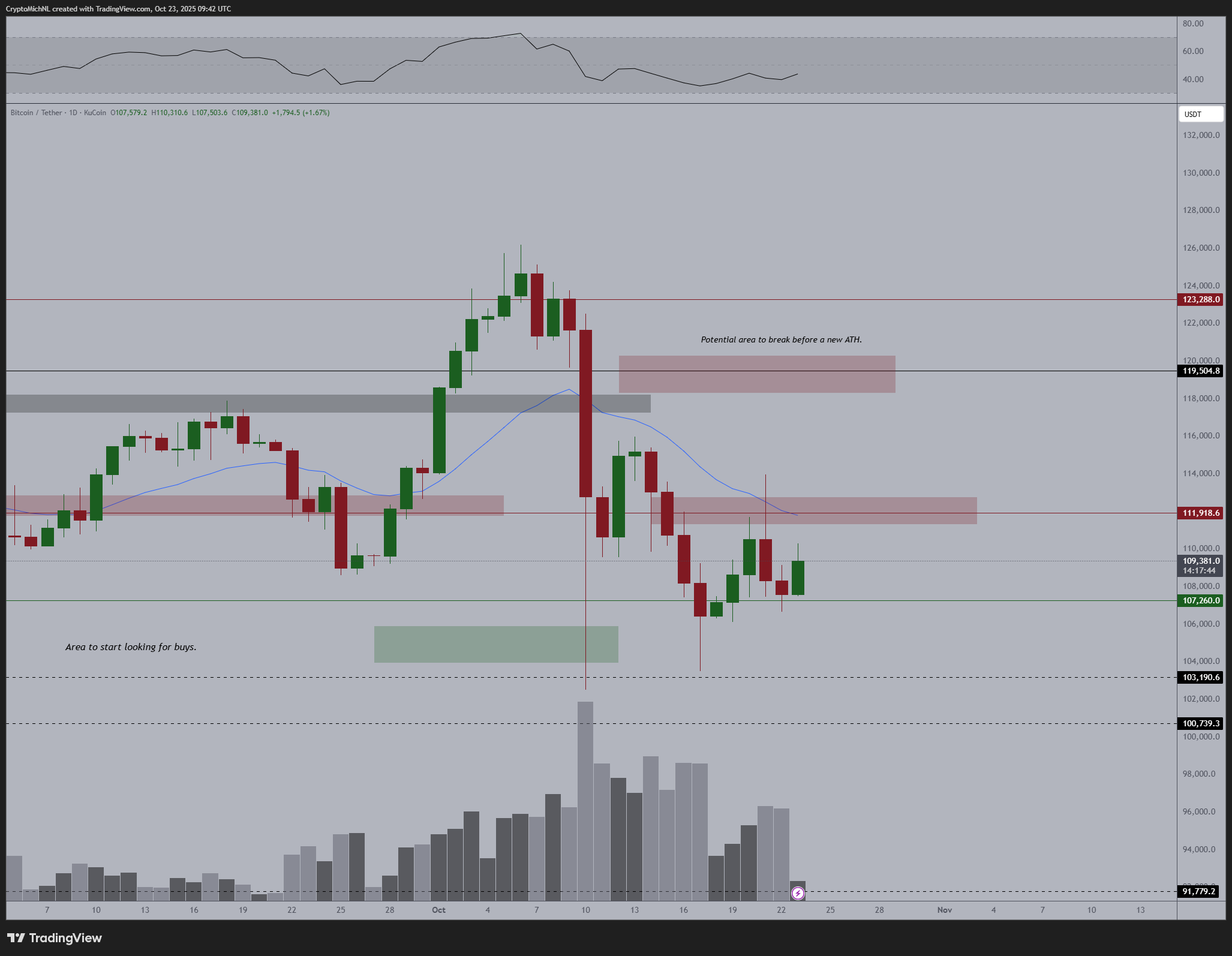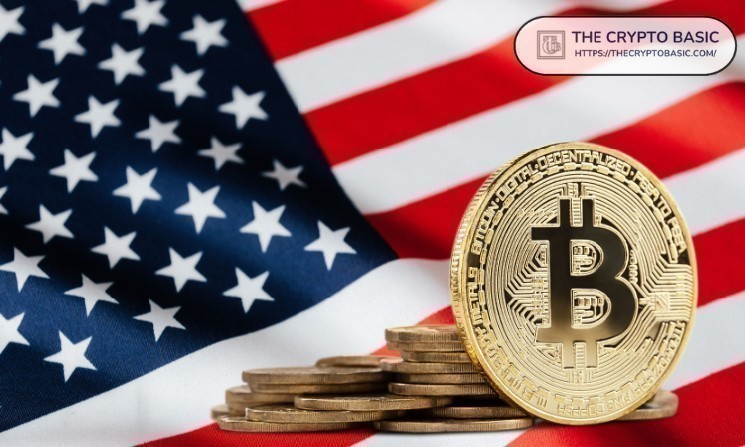Bitcoin could become more liquid as JPMorgan expects the Federal Reserve to end quantitative tightening (QT) next week.
Bitcoin has struggled in recent weeks, especially as global markets grapple with economic uncertainty and renewed tariff tensions between the United States and China.
JP Morgan predicts end to quantitative tightening
After recovering from the crash on October 10th, Priced under $110,000the token faces steady resistance. It is currently trading at around $108,900, down 4.52% this month. However, a new report suggests that market conditions could soon shift in Bitcoin’s favor.
Interestingly, Reuters also reported Three days ago, several Wall Street analysts from Wrightson ICAP, Evercore ISI, and Jefferies also announced that they expect the Fed to end QT by the end of this month.
What is quantitative tightening?
For the uninitiated, quantitative tightening (QT) is monetary policy. federal reserve system It is used to drain excess liquidity from the economy. In particular, central banks allow Treasury bills and mortgage-backed securities to mature without reinvesting their proceeds, causing balance sheets to shrink over time.
This approach is the opposite of quantitative easing (QE), where the Fed buys assets and injects money into the system to stimulate growth. QT typically suppresses inflation by raising long-term interest rates, making borrowing more expensive, and limiting the funds available for lending and investment.
The Fed began its current QT in June 2022 to wind down its massive economic stimulus program. from The pandemic has expanded balance sheets; largely 9 trillion dollars. Inflation that year had risen to 8%, the highest since 1991, and the central bank wanted to cool the economy without shocking markets.
The Fed originally set QT limits at $60 billion per month for Treasury securities and $35 billion per month for mortgage-backed securities. However, it lowered the Treasury cap to $25 billion per month by 2024 and further lowered it to $5 billion by March 2025, while leaving the mortgage reduction unchanged at $35 billion.
The program has already removed more than $2.2 trillion from the balance sheet, which now stands at about $6.6 trillion. Interestingly, Federal Reserve Chairman Jerome Powell recently said The end of QT is “near” due to signs of liquidity strain in repo and money markets.
How will Bitcoin react to the end of QT?
If the Fed ends QT, it will stop the steady drain of liquidity from the financial system and ease its policy stance. This will increase the availability of funds for investment, lower yields on U.S. Treasuries, and increase investors’ risk appetite. These are all usually favorable conditions Bitcoin.
Importantly, history supports this. During the Fed’s quantitative easing period from 2020 to 2021, Bitcoin skyrocketed from about $7,000 to about $69,000.
Nevertheless, when QT began in 2022, the token fell from $47,000 to $15,000 due to tight liquidity. Analysts currently believe that the end of QT could trigger fresh inflows into Bitcoin, pushing the asset above multiple resistance levels.
For example, market veteran Michael van de Poppe said: pointed out what bitcoin has Moved It has been hovering between $100,000 and $120,000 for about six months, suggesting a major breakout could be on the horizon.

Bitcoin 1D Chart | Michael van de Poppe
He predicts that the upcoming FOMC meeting, possible interest rate cuts, and changes in monetary policy could trigger the next big move in Bitcoin. Van de Poppe also pointed out that Bitcoin at $110,000 now looks cheap compared to when it was trading at $69,000 in 2021, when interest rates were near zero. A move toward lower interest rates is likely to trigger a strong upward impulse, he said.


